The Dispatch Center – A Much Needed Field Trip
Why do you need to tour your PSAP( Public Safety Answering Point) also know as your dispatch center?
You can never truly understand someone’s job unless you have had the chance to experience it first hand. Your fire department may have a program where people can do ride-a-longs for different reasons, but does your dispatch center offer the same? There is so much to learn from a one on one experience in the dispatch center and its information that could help you do your job better, but also keep you safe.
How do I schedule a visit?
The first thing to do is approach your officer about organizing a trip to the dispatch center. Once approval is squared away on the station side, the Chief or person in charge should contact the correct liaison at the dispatch center.
Schedule a time that doesn’t conflict with the dispatch schedule or operations, but will give you a high call volume or variety. Choosing to sit with a dispatcher on Tuesday morning at 0200 may not give you an ample opportunity to see them work.
Taking notes will help you retain the information you learned so that you can practice it in the field. Ask questions to further your understanding of dispatch and be ready to share your knowledge with the dispatcher too. Each profession should use a sit-a-long as an opportunity to see things from the other side for a change.
What might I learn?
Some important things you may review while sitting with a dispatcher are the policies that they follow and how they may be similar or sometimes even contradict your SOPS. You may be able to settle any misconceptions about the computer equipment or resources that are available in the center.
When responders know the type of technology the dispatch center has access to and what kind of information they can obtain they may be able to make requests that they wouldn’t have originally asked for (i.e. Language Line, Poison Control, large animal vet, bat handler, wireless phone GPS for incident location determination).
You can see and understand how a dispatcher multitasks by talking and typing at the same time. Sometimes they may handle more than one radio channel, answer a phone and radio at the same time, or make a notification via telephone while talking on the radio.
One of the best things you can take away from a visit to the center would be the rapport that you establish with your dispatchers. Although they aren’t the one behind you on the hand line or the one opening the roof with you they are there every step of the way. Dispatchers care about the people on the other side of the radio, and its our job to help you get home safe.
Photo Courtesy: Wikipedia/Pollo
https://sv.wikipedia.org/wiki/Fil:An_emergency_dispatch_center_in_Finland.jpg

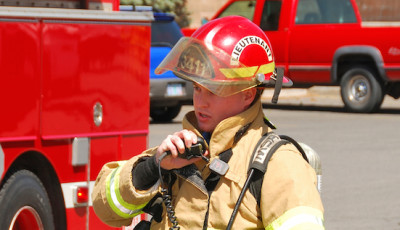
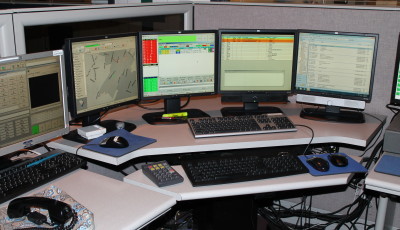
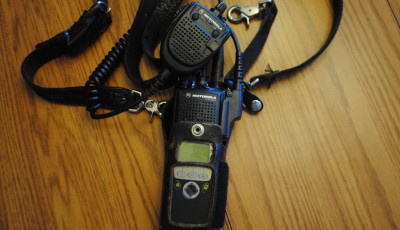
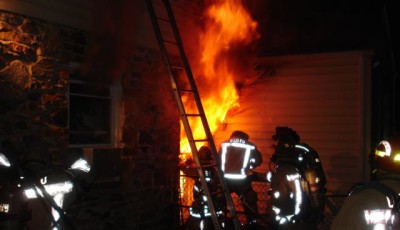
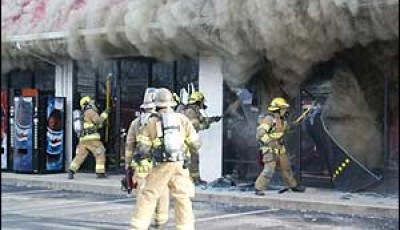

I definitely agree you really can’t fully understand someone’s else’s job until you experience it first hand. Its very easy to assume you comprehend what goes on in someone else’s field especially when you work so closely with them. Also learning about all the resources communications has to offer would be very helpful not only to help us in the field to do our jobs better but to work together more efficiently along side of dispatch
Thank you for your feedback, Jake! It’s important to remember that dispatchers and responders are a team, both sides need each other equally. Keep checking back with us for new articles every week!
Good article! I think a lot of public safety types need to sit on the other end sometimes and see what it is like, and vice-versa. It helps whenever we can see a situation from more than just our perspective!
Thank you Mick! And you are absolutely right. Having some background knowledge will help all of us do our jobs better. If dispatchers get to do a ride-a-long with the department, there shouldn’t be any problem having responders do a sit-a-long with us! Thanks for your feedback!